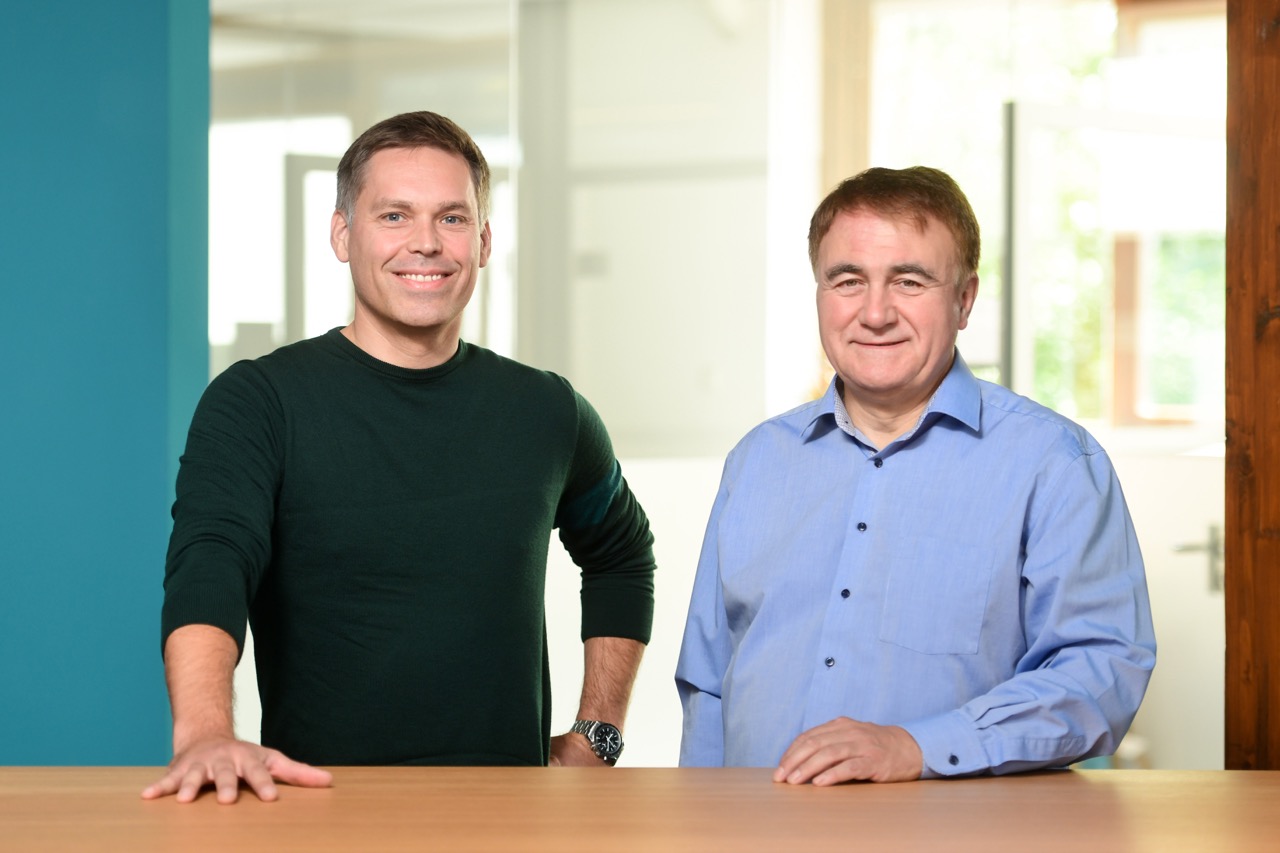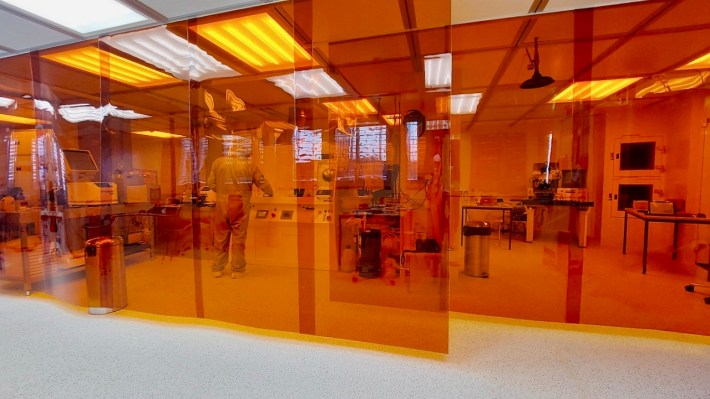AM Ventures extrudes $100M to support industrial 3D printing – TechCrunch
Munich-based AM Ventures just closed a $100 million fund focusing specifically on the early growth stages of industrial and commercial 3D printing applications. Investing internationally, the firm went from a de facto family office to a multi-LP VC firm.
The firm’s portfolio to date spans 18 companies across three continents. It lists Headmade Materials, LightForce Orthodontics and Conflux Technology among some of its marquee investments. The picture at the top of this article is the cleanroom at Scrona. The firm led the $9.5 million financing into the ultra-high-resolution 3D printing company that can print finely enough to aid in semiconductor and display manufacturing.
“The additive manufacturing industry has shown steady and strong growth over the last decade and startups have played a crucial role during this time,” Arno Held, co-founder and managing partner at AM Ventures, said in a statement. “We are convinced that startups will continue to be key in providing the innovation required to finally bring the digital world to the real world, and that they will help produce industrial goods in a sustainable manner and thus strengthen supply chains and tackle climate change.”
The fund’s LPs include family offices, asset managers, enterprises and small businesses, along with existing portfolio startup founders.

AM Ventures’ co-founders and managing partners, Arno Held (left) and Johann Oberhofer (right) Image Credits: AM Ventures.
“The fact that portfolio company founders are now investing in our fund is great validation of our exceptional effort. We are proud of the high-level commitment and trust from prime investors that support us on our mission to leading sustainable additive revolutions,” Johann Oberhofer, co-founder and managing partner at AM Ventures, said to TechCrunch.
I spoke with Arno to find out what’s happening in the land of 3D printing. The quotes have been shortened and clarified for readability.
TechCrunch (TC): 3D printing seems a bit niche — why focus your entire venture fund on that industry?
Arno Held (AH): Every time I introduce AM Ventures, I say we are engineers by education, entrepreneurs by passion, and venture capitalists by accident. Somehow we just ended up in VC. We come from engineering or from the industrial 3d printing domain. We were founded by myself and Johann Oberhofer. Both of us have been working in this 3D printing industry for at least a couple of decades. I’m the rookie with only 15 years in this business. Johann co-founded EOS, which even today is still the world’s market leader in 3D printing machinery. Back when we started, around 2012, there was a lack of VC investors who [were] willing to invest very early stage in hardware technology, particularly in 3D printing. It was still sort of new or at least new to the mainstream.
Today we are a team of 10 people. We did our first investment in January 2015. Today we have 18 investments in six countries on three continents, and we are proud that pretty much all of our portfolio companies are still here today. Today, we are a technology-focused venture capital firm that can provide a gigantic ecosystem. We only invest in an early-stage startup, when it’s three engineers and a PowerPoint deck. We turn those into companies, and we invest in a company if the new investment can provide value to our existing portfolio, and if our portfolio can provide synergies to the new company, and the new team.
TC: The first fund was a little under $15 million, and you’ve now raised a second fund. What are you looking to invest in?
AH: The first fund we did started as a more or less family office — or a single LP fund, if you will. This is the second fund, but it’s the first “proper” VC fund, with a real fund structure.
We have four categories that we’re scouting for. They are hardware, software, materials, and applications. The most attractive thing at the moment is application. Everyone is developing hardware and machinery and materials, but what do you want to do? Ultimately, it’s printing parts. Building a manufacturing business. And manufacturing means producing heat exchangers that are much much more efficient than any other conventionally made heat exchanger. It means 3D printing electric motors that can run much further on the same battery charge compared to conventional electric motors. It means filters that are supporting climate tech, or enable decarbonisation, or to fight global warming. These are applications where 3D printing is the biggest weapon in the fight against climate change.
TC: And you are primarily investing in industrial startups based in Europe?
AH: As a technologically focused fund, we are looking for 3D printing startups everywhere. I don’t think that we can afford to limit ourselves regionally — we have to look globally for the best startups.
We don’t just look at industrial startups — there are companies coming from the educational space or from the desktop space that we are evaluating. Occasionally we realize that they do have a significant potential on the industrial side. We invest within the industrial space, or in companies with an industrial aspiration. We want to make sure that this manufacturing technology is used to produce products at scale in large volumes; you can only do that in industrial applications.
TC: Do you tend to lead the rounds?
AH: Absolutely. We also do syndicated deals and co-investments, but for most of our investments, we lead, and we also obtain board seats. In some countries that is harder (it really depends on the governance regime in specific countries), but we want to be involved.
TC: What verticals make you most excited right now?
AH: I’m extremely excited about heat exchangers in electric motors. We have a company that excites us very much: Additive Drives is a startup from Germany. It has developed a very special 3D printed stator (which is a component of an electric motor). By using 3D printing technology, they can reduce the weight and therefore the material consumption and therefore also the volume of such an electric motor. This motor, with the same battery charge, can extend the runway or the range of a vehicle by a very high amount. Today there are about 80 electric motors in a car. The amount of material and weight that you can save by 3D printing these components results in impressive efficiency gains in an entire vehicle.
Another example is Spectroplast, which is 3D printing silicone for surgery and all different kinds of healthcare applications. It’s spectacular because very large corporations with hundreds of engineers in R&D have failed at making industrial silicones workable with additive manufacturing technologies. This team of researchers from Zurich has somehow cracked code and now they are on a really, really good run.




